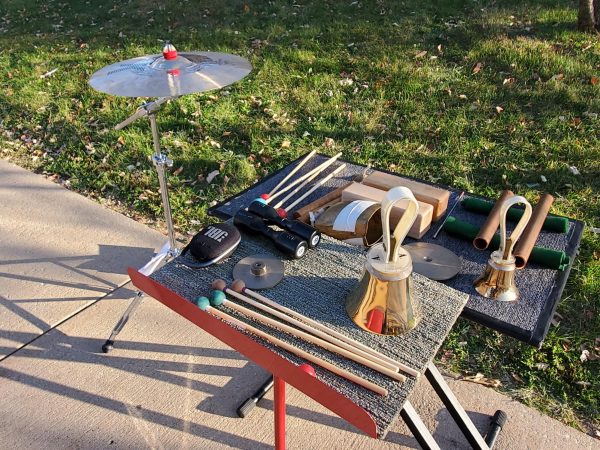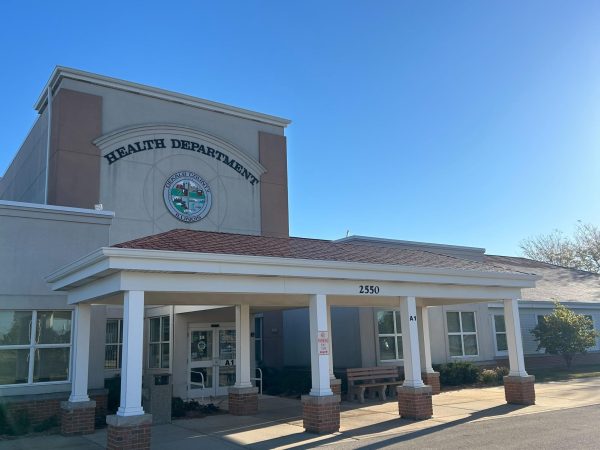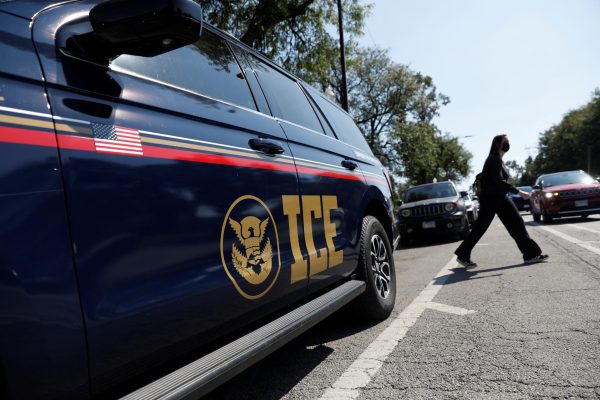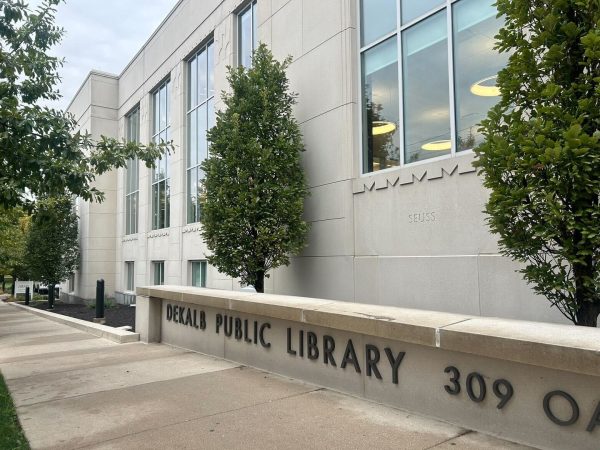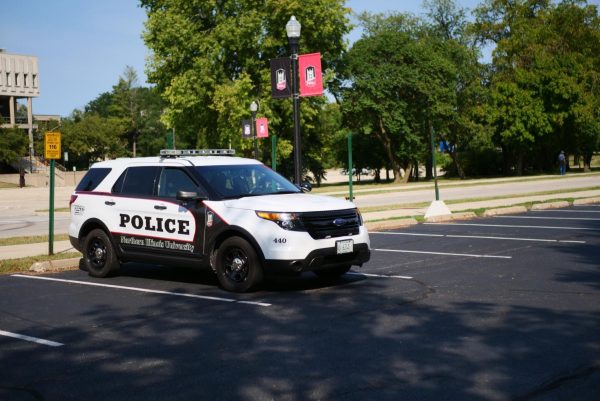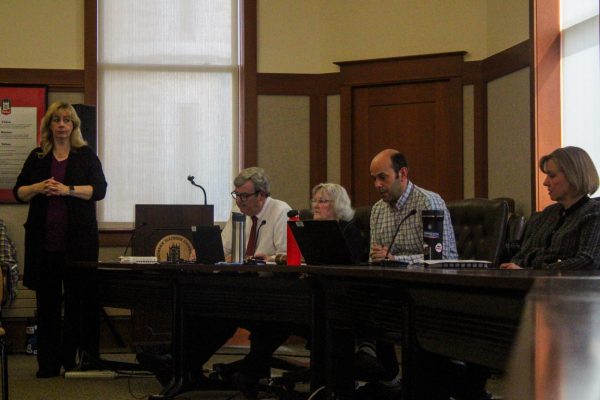Cost of cars increases due to supply chain issues
The price of new and used cars has increased due to low supply while demand is high.
Zulfiqar Ahmed
Cars for sale in a car dealership parking lot. The price of new and used cars has increased.
DeKALB — Since the start of the COVID-19 pandemic, prices of new and used cars have drastically increased due to the disruption of the global supply chain and key internal pieces of vehicles becoming harder to come by.
The cost of a used car in December was 37.29% higher compared to December of 2020, according to the U.S. Bureau of Labor Statistics’ Consumer Price Index. During that same time frame, the cost to purchase a new car rose by 11.77%, while the overall U.S inflation rate is up 7.12%.
The increased prices for new and used vehicles is based on a current market where the supply is low and the demand is high. Dealerships both new and used are struggling to hold an inventory.
“There have been supply chain issues with automakers unable to source certain parts or materials, compounded by a lack of shipping containers and overloaded shipping ports,” according to the Associated Press.
DrivePanda.com salesman Ian Stamapin said that the shortage of new cars caused an increased demand for used cars since those vehicles were mainly left over.
The shortage of new cars is due, in part, to an electronic chip shortage caused in part by COVID-19 related shutdowns in vehicle producing plants.
“You’ve got manufacturers that are building vehicles that aren’t fully operational,” said Dan Gailey, general manager at Tom Sparks Auto.
Because of the lack of supply, these vehicles are still being marked at high prices.
“Much of those prices are generated by the market; it’s not something the dealerships will generate,” Stamapin said. “It’s pretty much the chain, they buy them more expensive because of all these factors.”
Additionally, the prices of used cars have risen due to large buyers getting involved in smaller auctions. With a low supply of new cars, large buyers and rental companies are often left to purchase used vehicles in smaller auctions, Gailey said.
“You got people like Avis; they rent cars, you know, they’ll buy a car from a new car manufacturer, they’ll run it 25 to 35, 40,000 miles, turn it back in, go and get another one,” Gailey said. “They can’t go and get the new cars anymore. So because they can’t get the new cars anymore, I’m a used car dealer and I’m competing now against Avis to get used cars.”
Gailey said rebates have also dried up because there is such a high demand for new and used vehicles, which leads to cars being marked higher in price.
Matt Bute, vice president of sales at Cars.com said many vehicle-producing factories were stalled due to COVID-19 all while seeing an increase in consumer demand.
“The industry itself saw a lift as people started moving away from ride shares and started moving away from mass transportation,” Bute said. “A consumer wanted their own vehicle. They wanted to get back into their cars. They wanted the safety of it, the availability of it.”
Bute said that potential consumers may struggle to find the car they want given the prices or that they may want to look at different cars as opposed to the ones they originally wanted.
P“From a consumer standpoint, people are having to look for the exact vehicle they want more,” Bute said. “It’s hopefully going to change a little bit here in the upcoming year that inventory starts to go back to the levels that it makes the supply and demand issues a little bit less.”



